Doctor’s Interview on the Huvitz Optical Biometer HBM-1
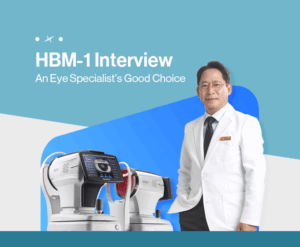
We’d like to introduce a special interview with Dr. Jongwon Lee, director of Soo Eye Clinic in Uijeongbu, Gyeonggi Province, who has been dedicated to protecting the eye health of countless patients
Dr. Jongwon Lee recently introduced the HBM-1 by Huvitz to his practice and shared his real-world experience using it in cataract surgeries. He emphasized that the key to successful cataract surgery lies in how precisely the eye is measured and how accurately the procedure is planned based on that data.
In fact, he noted that it’s no exaggeration to say that half of the surgery’s success depends on the preoperative preparation.
It’s the HBM-1 biometer from Huvitz that plays a pivotal role in this all-important preoperative stage!
So, what exactly is the HBM-1, and what made it earn Dr. Lee’s trust? We’ll be sharing the advantages he experienced firsthand and his honest impressions from using the HBM-1 in real clinical settings—so be sure to read through to the end!
HBM-1, The Essential Diagnostic Tool for Cataract Surgery Preparation
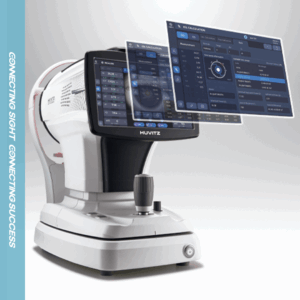
The HBM-1 by Huvitz is an all-in-one device that brings together both biometry and topography in a single system—making it especially useful for calculating IOL power in cataract surgery patients.
√ An Optimized Workflow for Cataract Surgery
The HBM-1 performs 10 key tests—combining optical biometry and full corneal topography—in a single measurement. It then calculates accurate IOL power values using various advanced formulas, providing a streamlined and optimized workflow for cataract procedures.
√ Reliable Data for Precise IOL Calculations
Regardless of lens opacity, the HBM-1 consistently delivers both biometry and topography data. In cases of dense cataracts, the DCM (Dense Cataract Mode) enhances weak optical signals and recalculates them, ensuring high-reliability data for precise surgical planning.
The choice of HBM-1 is a “good choice.”
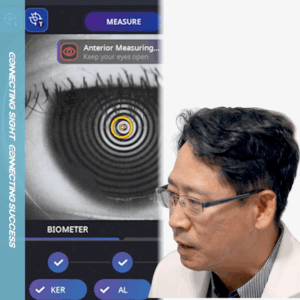
Dr. Jongwon Lee emphasized that “the most important factor in cataract surgery is how accurately the refractive outcome can be achieved after the procedure.” To ensure this, precise measurements of corneal refractive power, axial length, and anterior chamber depth are absolutely essential.
That’s where the HBM-1 truly shines. It provides accurate data on all these parameters, making it much easier to create personalized surgical plans and deliver safe, reliable care for every patient.
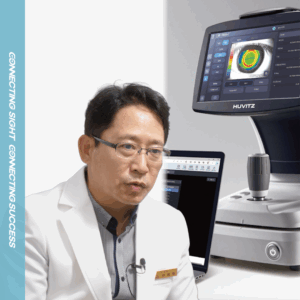
Q : Why did you choose the HBM-1?
A : In recent years, formulas like Barrett Universal II and Barrett True-K have greatly improved surgical accuracy. I decided to adopt the HBM-1 to actively apply these advancements in my practice.”
Q : After using it yourself, what aspects did you find most beneficial?
A : With previous biometers, it was often difficult to get accurate measurements in patients with dense cataracts, which sometimes led to less-than-optimal visual outcomes after surgery. But with the HBM-1, I can perform precise preoperative measurements even in those challenging cases—allowing me to obtain accurate refractive values.
Q : Which formula do you use most often in your practice?
A: I most frequently use the Barrett Universal II formula. For patients who have undergone LASIK or LASEK, previous devices often produced inaccurate measurements. However, with the HBM-1, I can use the Barrett True-K formula to prepare for surgery with much greater precision.
Q : What has been the biggest change since introducing the HBM-1?
A: For LASIK or LASEK patients, refractive errors after surgery sometimes led to the inconvenience of having to exchange the IOL. However, since using the HBM-1, prediction accuracy has improved significantly, leading to more precise surgical outcomes and much higher patient satisfaction.
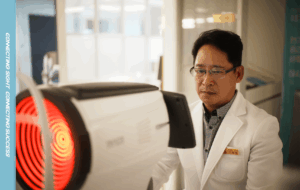
Highly accurate and reliable HBM-1
Just like in Dr. Jongwon Lee’s experience, the HBM-1 enables precise measurements even in patients with dense cataracts. By applying the latest formulas, it improves postoperative prediction accuracy—bringing greater satisfaction to both doctors and patients.


